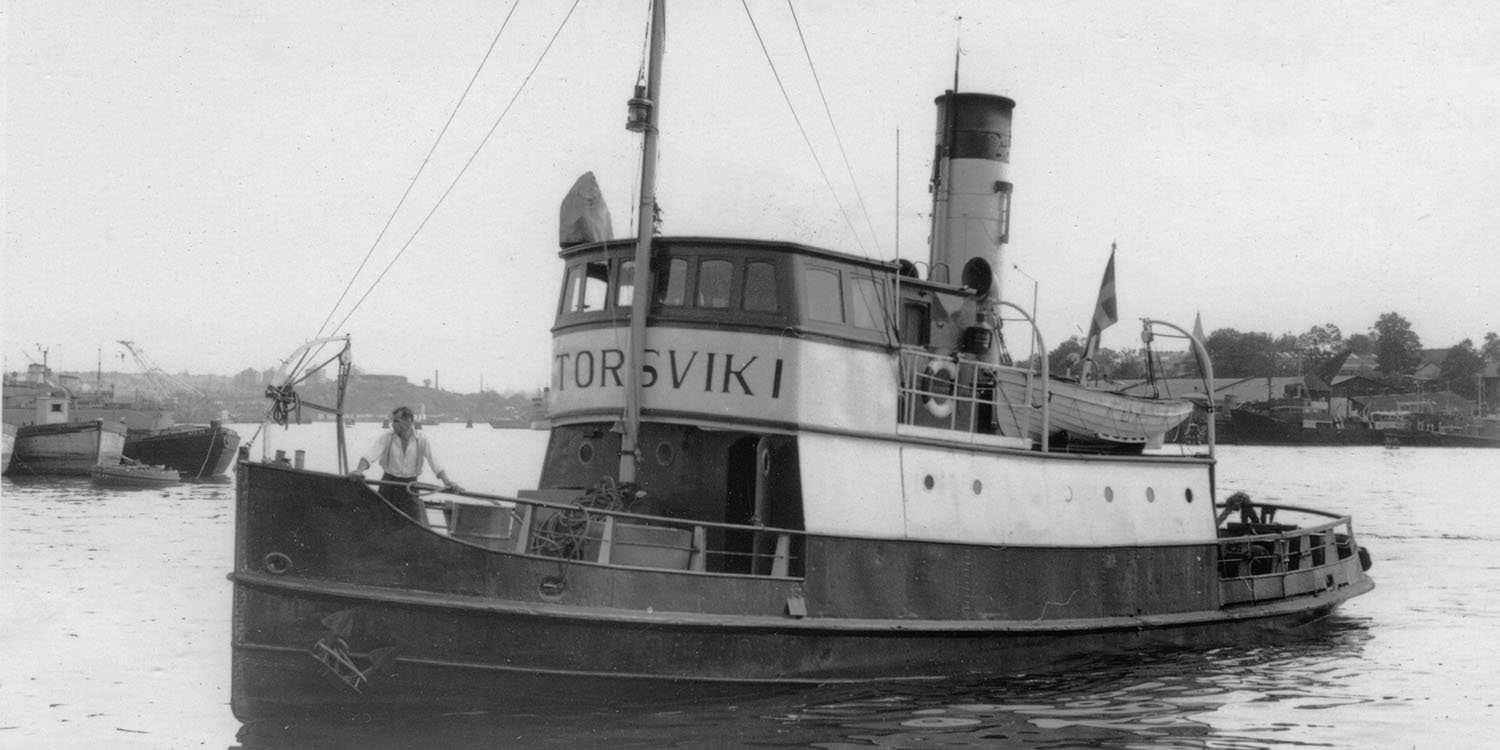As Torsvik I departed Stockholm, the towing line was kept short, adjusted for both the weather and the planned route. Late in the afternoon, as Torsvik and the barge passed Dalarö, the line was extended to 200-250 metres. The weather report had predicted winds of around 4 m/s at Landsort, but when Torsvik I arrived, conditions were much worse – winds had risen to 9 m/s and the sea had grown rough.
At 23.00, the barge master signalled that, despite the worsening weather, everything was in order on the barge. Communication was carried out using light signals. As the temperature dropped rapidly and the sea swells intensified, another signal was sent at midnight, again confirming that all was well. Then, just 20 minutes later, the light from Torsvik’s stern lantern disappeared from view.
The men on the barge tried in vain to make contact with the tugboat. Peering over the bow, they saw the towing line hanging strangely, almost straight down. Moments later, it tightened abruptly, and the barge swung up into the wind as if anchored.
A faint sheen of oil on the water’s surface revealed the unthinkable. Torsvik I had sunk, and it had happened so quickly and silently that the two men on the barge had neither seen nor heard anything. At dawn, the barge was spotted by the tanker Vettersö, which alerted Stockholm Radio before continuing northwards.
The customs post on Häradsskär was alerted, and the customs cruiser Tv 16 set out, arriving at the scene by noon. Upon contact with the men on Sikskär, the full extent of the accident became clear. A search for survivors revealed nothing. The men returned to the barge, secured it with buoys and cut the towing line. Sikskär was then towed to Fyrudden. Later that day, only a few fragments of the tugboat were found – a sofa and a few oars.


